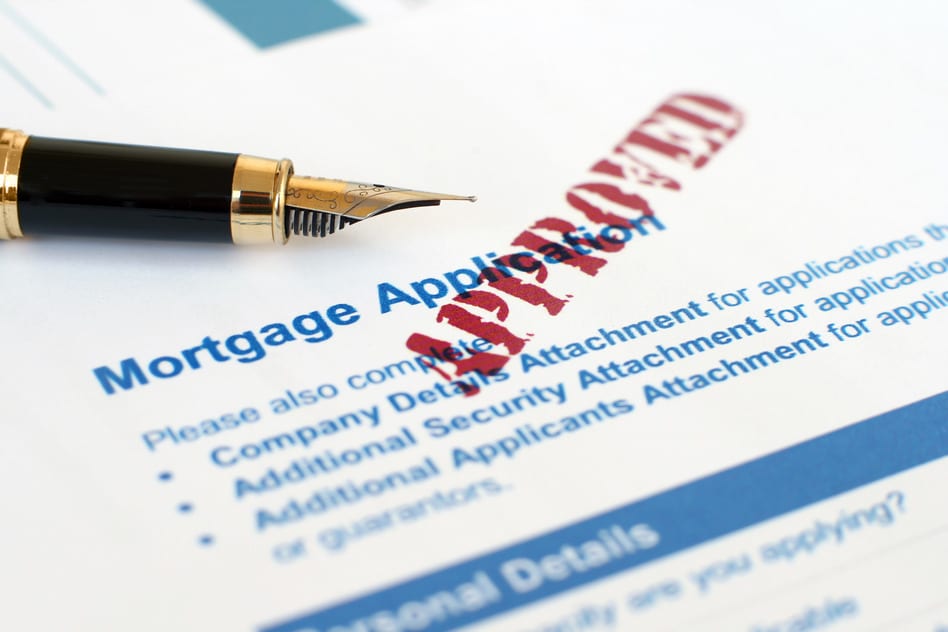By Suraj Byanjankar
Nov 28, 2012
Throughout its course of existence, a loan takes on various forms of being: application, amortization, re-finance, maturity. It could stay in the lender’s portfolio for its duration or move into the exciting world of the secondary market. It may split off into two loans if the borrower decides to obtain a home equity line of credit (HELOC) or a second mortgage. A loan could even pay money to its borrower in the form of a reverse mortgage!
What exactly happens throughout the life (or lives) of a mortgage loan?
Application and Origination
A loan comes to life when a borrower decides they want to purchase a piece of real estate and obtain a mortgage loan or they want to re-finance their current mortgage. A borrower may apply for pre-approval of a loan to help determine what they can afford.
Once someone finds a piece of property they wish to purchase, they may officially apply for a loan. Even though the borrower may have already applied for pre-approval, it is not a guarantee, so they must apply again. To apply, the borrower must submit the names, social security numbers, and the monthly income of all applicants, the subject property address, and the estimated value of the property being bought or refinanced. During the application process, the amount of the loan and the down payment are determined by the borrower. At this point, the lender determines if the individual is able to qualify for a loan amount.
A loan officer takes the borrower’s application and collects the items needed for review. Here is a list of items a borrower should be prepared to submit to their loan officer:
- Proof of employment (written verification documenting a full two years of work)
- Proof of income (pay stubs for the past 30–60 days).
- Proof of income from another source (if applicable, applicant must submit three years’ documentation of social security, disability, pension income, alimony, or child support).
- W-2 forms and tax returns from the past two years.
- All current mortgage information and a copy of the original note if refinancing.
- Bank information (account numbers, branch address, and bank statements from the past 2–3 years.
- Information about purchase (contract(if completed), real estate certification, amendatory clause or deposit, and proof of rent/payment history on past or present mortgages)
The loan processor puts all these items together, orders a title, helps schedule an appraiser to determine the value of the property, and then sends the application to underwriting.
In the underwriting process, the lender determines the degree of risk involved with lending the borrower money. Here are the “three C’s” that are evaluated in underwriting:
Credit: A credit report is obtained from each of the three credit bureaus—Equifax, Transunion, and Experion. These reports are analyzed to determine how well a borrower manages debt.
Capacity: Capacity is a borrower’s ability to make payments on the loan. The borrower’s employment and income is evaluated along with their current debt and assets (debt-to-income ratio).
Collateral: When looking at collateral, the lender evaluates the type of property, value of the property, and cost. To determine the value of a piece of property, an appraiser is sent to analyze various factors.
Once the underwriter grants approval, a clear to close is processed and the settlement date can be scheduled.
Closing
The closing on a loan is where all the necessary paperwork is presented and signed. At closing, the title of the property is transferred to the buyer, an escrow account is set up, the amortization schedule is issued, funds are obtained by the borrower, and the security interest of the lender has been recorded by the County or City Clerk.
Once a loan is closed, it splits onto two different paths: the lender’s path and the borrower’s path.
On the lending side, a mortgage loan can either remain in a lender’s portfolio or enter the secondary market. In the secondary market, loans are sold by lending institutions to private and public investors such as Fannie Mae and Freddie Mac to be sold as mortgage backed securities. The secondary market allows lenders to replenish cash reserves so that they can originate more mortgages to consumers.
From a borrower’s perspective, after closing the borrower then makes payments on the loan following an amortization schedule. By refinancing or taking out a Home Equity Loan or Line of Credit, the loan can be modified at a later date depending on the borrower’s future financial needs.
Refinancing
Interest rates are currently at historic lows in which people with existing mortgages may want to take advantage of. By refinancing, a borrower can reduce their monthly payments as well. Or a homeowner may also desire a large amount of cash for home or remodeling for safety reasons (only available if borrower is occupying the property). For these and other reasons, the option to refinance a mortgage is often available.
Second Mortgage/Home Equity Loan/HELOC

If someone is in need of a large sum of money, they may consider taking out a second mortgage on their home, otherwise known as a Home Equity Loan. This allows a homeowner to use the equity that they have established in their home to remodel, pay off other debts, pay for their children to go to college, or whatever else they choose to do with their equity. These loans typically have higher interest rates since they are a higher risk for the lender.
A Home Equity Line of Credit (HELOC) is also considered by homeowners that wish to take advantage of their equity. What makes a HELOC different from a traditional home equity loan is that the borrower does not receive the amount of equity up front, but instead has it as a line of credit in which the maximum amount that can be borrowed is their amount of equity. Unlike a traditional credit card line of credit, a borrower’s home is used as collateral.
Reverse Mortgage
A reverse mortgage is targeted towards senior citizens, 62 years of age or older, who wish to use their home equity to supplement their income. This type of mortgage is called a “reverse” mortgage because instead of making monthly payments to a lender, the lender makes payments to the homeowner. There are also no income or credit score requirements, although the homeowner is responsible for taxes, insurance, and maintenance of the home. In order to qualify for a reverse mortgage loan, the borrowers may not be delinquent on any federal debt, must live in the home, own the home outright or have a mortgage balance that can be paid off at closing with proceeds from the reverse mortgage loan. The loan does not have to be paid off until the borrower moves, sells the home, does not live in the home for twelve consecutive months, fails to pay property taxes or homeowners insurance, lets the home deteriorate beyond reasonable wear and tear, or the last surviving borrower passes away. Afterwards, the estate generally has six months to repay the balance or sell the home.
Maturation
After making regular payments on a loan, the loan matures the date it is due to be paid off. If a loan is not paid off by its’ maturity date, it enters into default. Depending on the amortization schedule, there may or may not be a balance of principal due on this date.
These blogs are for informational purposes only. Make sure you understand the features associated with the loan program you choose, and that it meets your unique financial needs. Subject to Debt-to-Income and Underwriting requirements. This is not a credit decision or a commitment to lend. Eligibility is subject to completion of an application and verification of home ownership, occupancy, title, income, employment, credit, home value, collateral, and underwriting requirements. Not all programs are available in all areas. Offers may vary and are subject to change at any time without notice. Should you have any questions about the information provided, please contact us.
